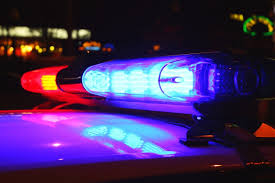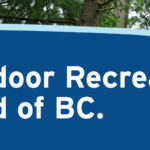Emergency preparedness for pets
The following steps will help keep pets safe.
- Identify your pet. If you become separated from your pet during an emergency, their identification may be the only way to find them. Make sure each animal wears a collar and identification tag at all times.
- Pet emergency kit
- A sturdy crate or carrier
- A strong leash or harness
- ID tag and collar
- Food and water for at least 72 hours (4L/day per average dog, 1L/day per average cat)
- Bowls and can opener for food
- Newspaper, paper towels, plastic bags, litter, and/or litter box
- Special medications, dosage, and veterinarian’s contact information
- Pet file (including recent photos of the animal, your emergency numbers, contact information for friends who could house your pet, copies of any licenses, and vaccination records)
- A pet first-aid kit
- Blanket and toy
Plan for evacuations. The best way to protect your pet in an emergency is to bring it with you. Most evacuation shelters will only accept service animals. Make a list of where your pet can be taken in case you need to evacuate. This list can include:
- Hotels that accept animals even during emergencies
- Boarding centres and animal shelters
- Animal clinics
- Family members and friends
Include your pet in your family emergency plan exercises.
During an emergency
- Keep your pet inside during severe weather. Animals are very sensitive to sudden changes in temperature and often isolate themselves when scared. Never leave a pet outside or tethered during a storm.
- Separate cats and dogs. Keep smaller pets such as hamsters away from larger animals. Stress can lead to unusual behaviour.
- Keep newspaper inside for hygiene purposes and feed your pet wet food in order to reduce the amount of water it may need.
- If ordered to evacuate, try to take your pet with you. If you must leave your pets in the house, do not tether or cage them. Leave a sign in the window and a note on the door indicating what animals are inside. Provide water and food in timed dispensers. Leave toilet seats up.
From Government of Canada: Get Prepared
This post was syndicated from https://boundarysentinel.com

























Comments